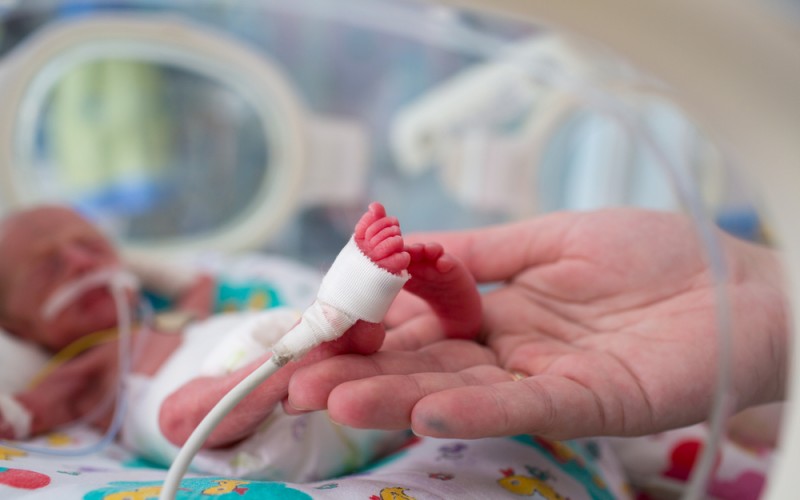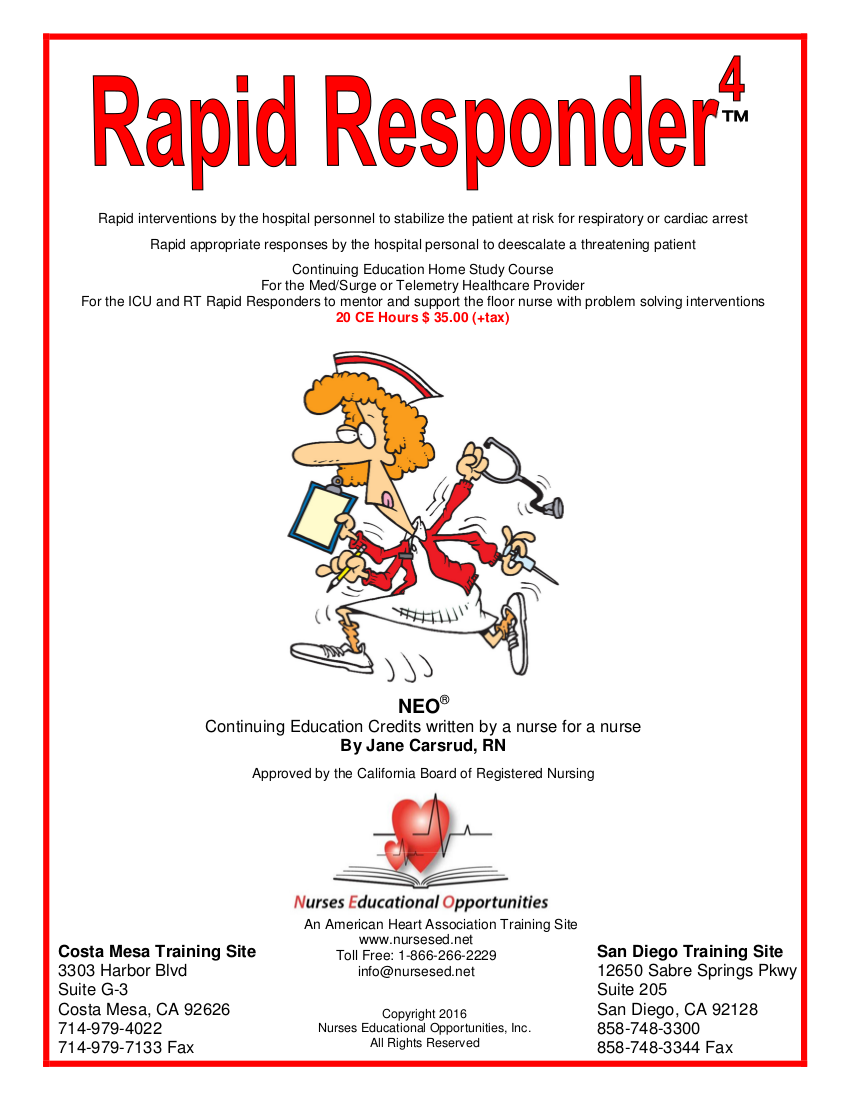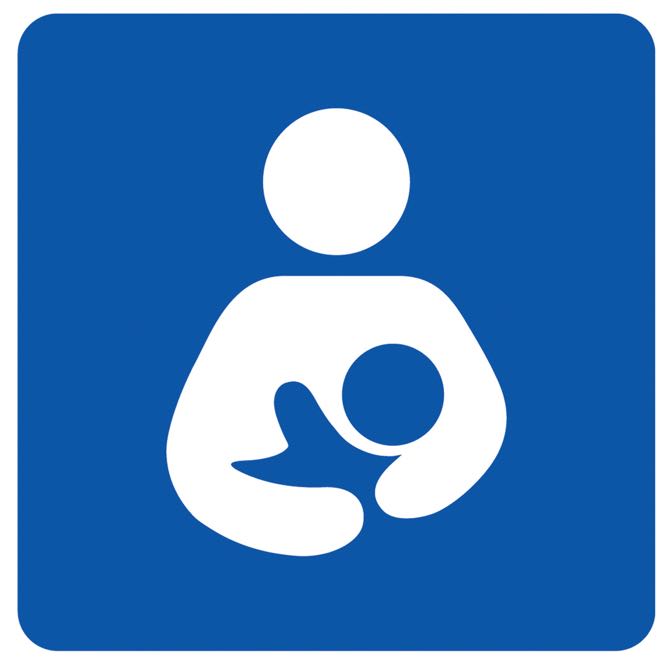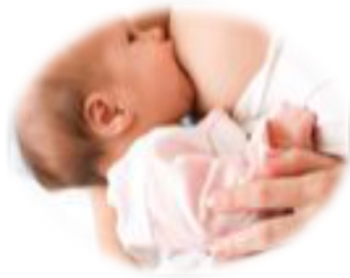-
AHA ACLS, AHA NRP, All Services, Neonatal Intensive Care NICU, New Grad Maternal Child Program, NICU Track for New Grad RN's, Nursing Advocacy
Anticipating Neonatal Resuscitation
The American Academy of Pediatrics Neonatal Resuscitation Program, NRP, is a critical certification for all Obstetrical healthcare providers including midwives. Most importantly, anticipating plus performing effective neonatal resuscitation is the key for a successful outcome if neonatal cardiac or respiratory arrest occurs. Furthermore, Neonatal Intensive Care Nurses are responsible for attending High Risk deliveries. In addition, NICU nurses are also responsible for performing neonatal resuscitation as part of a team. It is important to understand that not every delivery is perfect. Even if the pregnancy is considered normal or healthy unexpected outcomes may occur. For these reason, it is imperative for Labor and Delivery plus Postpartum nurses to complete the…
-
AHA NRP, Article, BabyFriendly(tm) Policy, Breastfeeding Education, Fetal Heart Monitoring, Labor and Delivery, Labor Delivery Track for New Grad RN's, Maternal Child Health, Neonatal Intensive Care NICU, New Grad Maternal Child Program, New Graduates of Nursing, NICU Track for New Grad RN's, Nursing Advocacy, Obstetric Track
Baby-Friendly Hospital
World Breastfeeding Week is around the corner, August 1-7, 2016! If your dream job is working with moms and babies all day long, your ears might e screaming in pain from hearing about the BabyFriendly Hospital Initiative. A little known fact is that in California, BabyFriendly training is also called Birth&Beyond approved. That’s the state program that distributes the funding and training materials across the state. Want to get that Postpartum job? Let’s jump right in! What is BabyFriendly(tm)? Why is BFHI important for getting a job in postpartum, for New Grads and Transition Nurses? How you can become BFHI certified? The Baby-Friendly Hospital Initiative (BFHI) is a global program sponsored…
-
To Hat or Not to Hat
If you have ever worked with newborn infants, they ALWAYS have those little blue and pink stocking caps. When you see newborn infants on TV or in magazines they always have those stocking caps on. All of use assumed that keeps the baby warm because heat is lost through the head. We never questioned this practice and “God forbid”, if you don’t have a stocking cap on your newborn in the hospital setting, you were counseled. You would be a wealthy person if you were the manufacture of those “little blue and pink stocking caps.” Imagine how many of those caps are sold to the hospital’s maternal-child care departments. Newborns…
-
What’s the BIG Deal with Breastfeeding?! A lot actually…
To assist a new mother on breastfeeding was frustrating for me because I didn’t know how to teach the mother how to get her baby to latch and suckle. It was far easier to feed the baby formula. Newborns can present with a lot of difficulties in the first 24 hours after birth. We discuss more about the challenges Baby and Mom have to overcome in Adaptation of the Newborn and Postpartum – A Time of Transition. I have learned so much about breastfeeding and the advantages of breast milk versus formula and have become passionate about breastfeeding. I have learned the value of breast milk for the infant to have…
-
Ready for Basic Fetal Monitoring?
I spent a great deal of time learning to the read an EKG, but once I understood the dynamics, I loved to use my skills in EKG Interpretation. When I set out to understand Fetal Monitoring Interpretation the dynamics were so different. This learned skill was difficult, but once understood, I loved to use my skills in Fetal Monitoring Interpretation. To read a fetal heart monitor you have 2 graphs to understand that needs to be interpreted in conjunction. The upper graph records the fetal responses and the lower graph records the uterine contractions. You then learn how the correlation of uterine contractions affects the infant’s heart rate. The infant’s…






